Renovating Mind and Matter
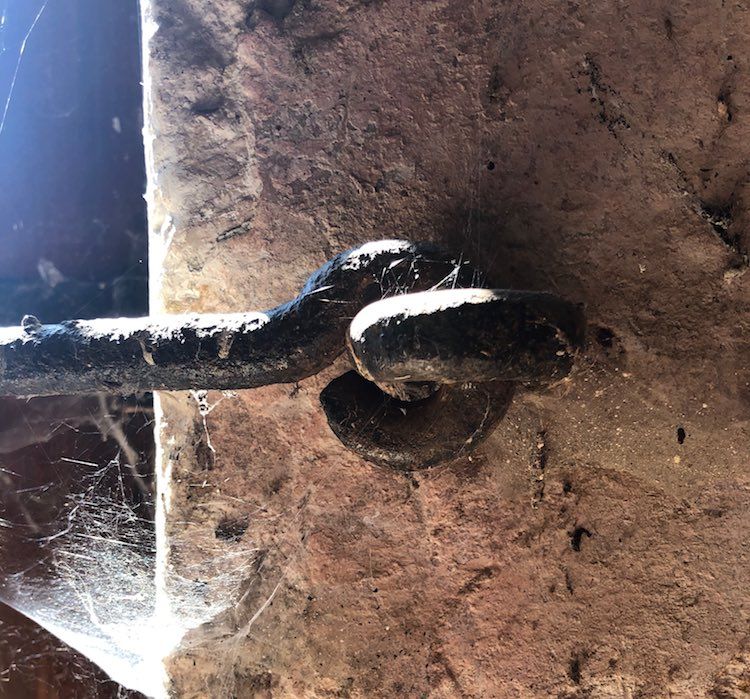
Friday, 19 June
Our third major renovation project in six years is now underway. After Berlin 2014-15 and Paris 2017-18, it’s the Perche 2020-21. Or so we hope. If there’s one thing we’ve learned from experience, it’s pay no attention to predicted time frames. Neither of the first two projects, for example, was supposed to be hyphenated.
Given the frenetic rhythm of the last six years, you’d think that David and I actually liked recreating our home life on a regular basis. In fact we don’t like it at all but it's part of the fall-out from our moving half-time to Germany, then moving back full-time to France. If we've learned a second thing from experience, it's never underestimate the disruptions and reverberations that displacement generates.
Each renovation has had its own logic. In Berlin we were irresistibly drawn to the potential of the place, even before there was a living room floor…
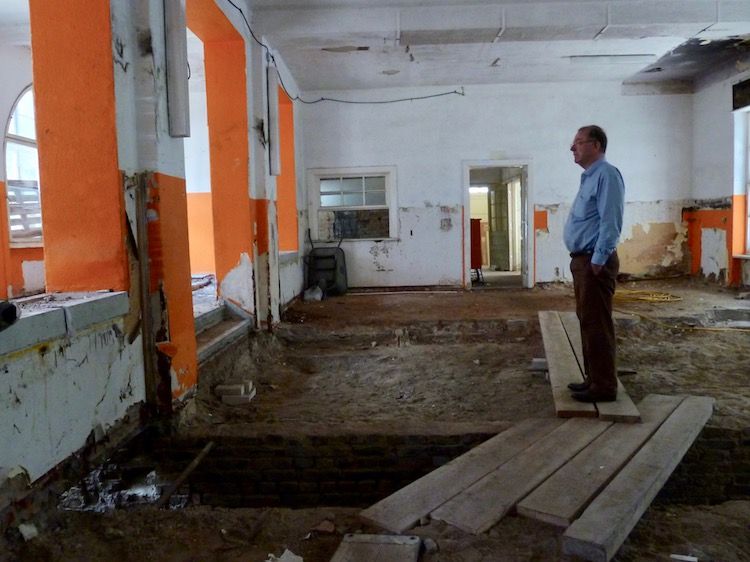
…and in Paris, after 20 years, five children and three dogs, the flat needed much freshening and a more adult-friendly distribution of space.
When we saw this house in the Perche—the first in our search—David said: “It’s nice. But we'd have to do up the barn. And we’re not doing any more renovation work.”
“You’re absolutely right,” I answered. “After Paris and Berlin, no more work.”
Several months of house-hunting later and yet another lesson learnt—that the house-needing-no-work does not exist—back we fortunately went to square one, this 16th century seignurie.

And ‘doing up the barn’, ie turning the ground floor into a sitting room and master bedroom, is only Step One of the actual project. In Step Two we break through the wall between the erstwhile barn and the house, then overhaul the latter, which received its most recent makeover sometime well into the last century.
I have been dreading this undertaking and not just because it’s the third complete upheaval to our lives in a very short time. A big part of me simply did not want to destroy the barn, home to a large family of swallows and testimony to the property’s original raison d’être, a farm. I do not like wrecking our link to the past.
Decamping our upstairs bedroom and David's office to the main house, we eased into the works with repairing a section of the roof. The old tiles were removed, the roofers tossing them to one another in stacks of three or four as gracefully as rugby players. The ball was never dropped.
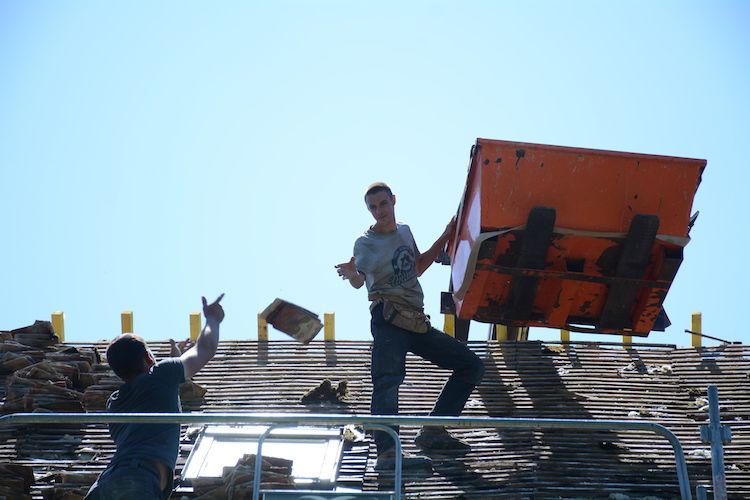
Damaged ones were put in one pile; those that could be re-used stacked up in another.
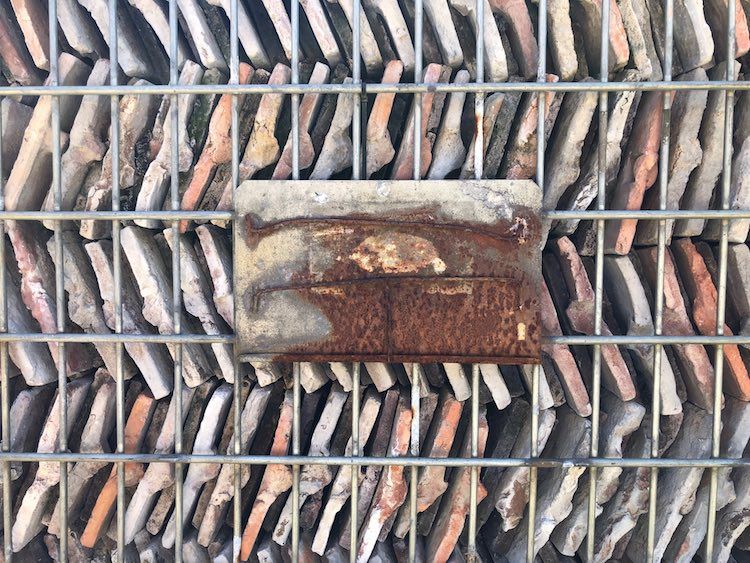
New insulation was inserted, a new wooden framework to hold the tiles in place was hammered on and finally the new and old tiles were re-laid. It was a wonder to behold.
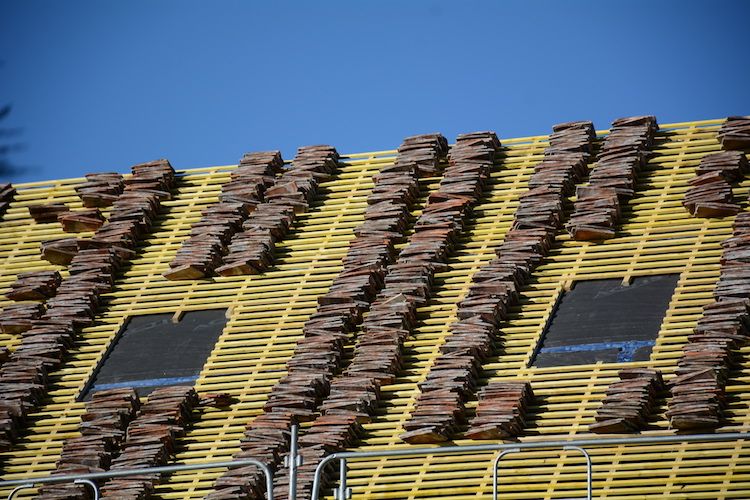

Three weeks ago the masons arrived, just as the roofers were finishing, and their first task is to bash holes in the barn walls and enlarge windows, build new doors. We missed the first acts of demolition because I was in Paris undergoing the dental equivalent, the extraction of a large molar. Events in our lives sometimes oddly mirror one another.
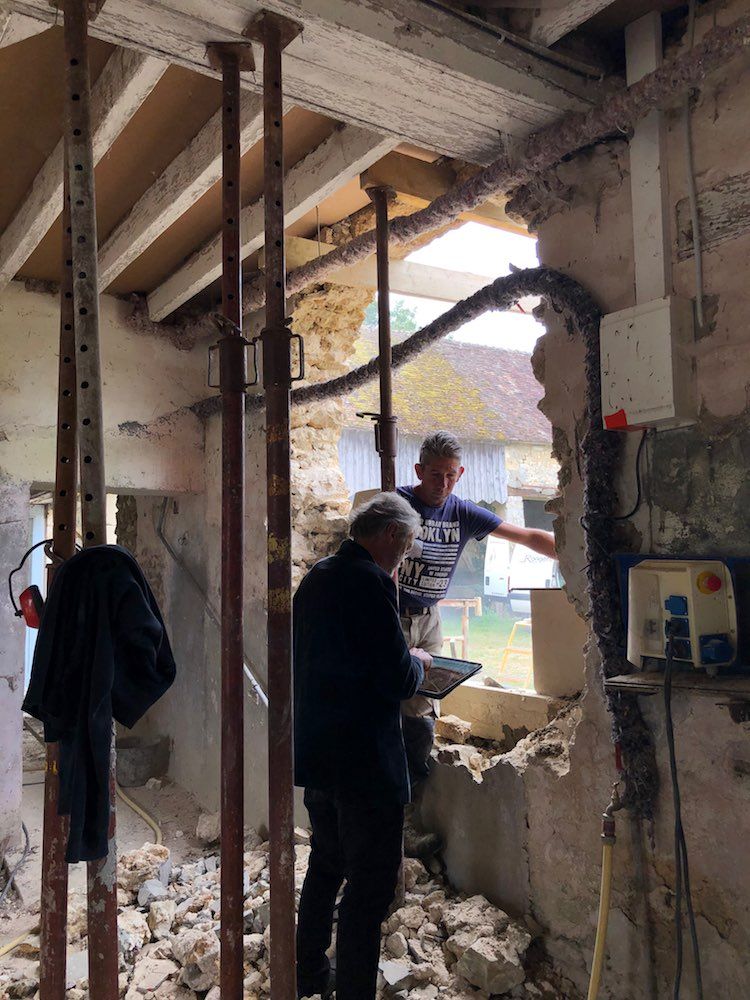
By the time we returned the masons had made good progress. If it looks as though their work is more destructive, less artful than the roofers, it is a false impression. After they smash a hole, they rebuild the window or door frame by hewing and inserting new stone in the Perche style...
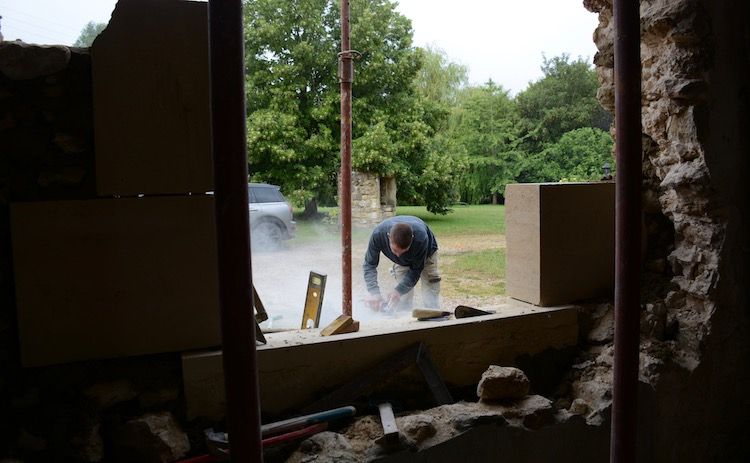
…then surrounding it with the old stones from the rubble of what has been knocked out. Stone by stone.
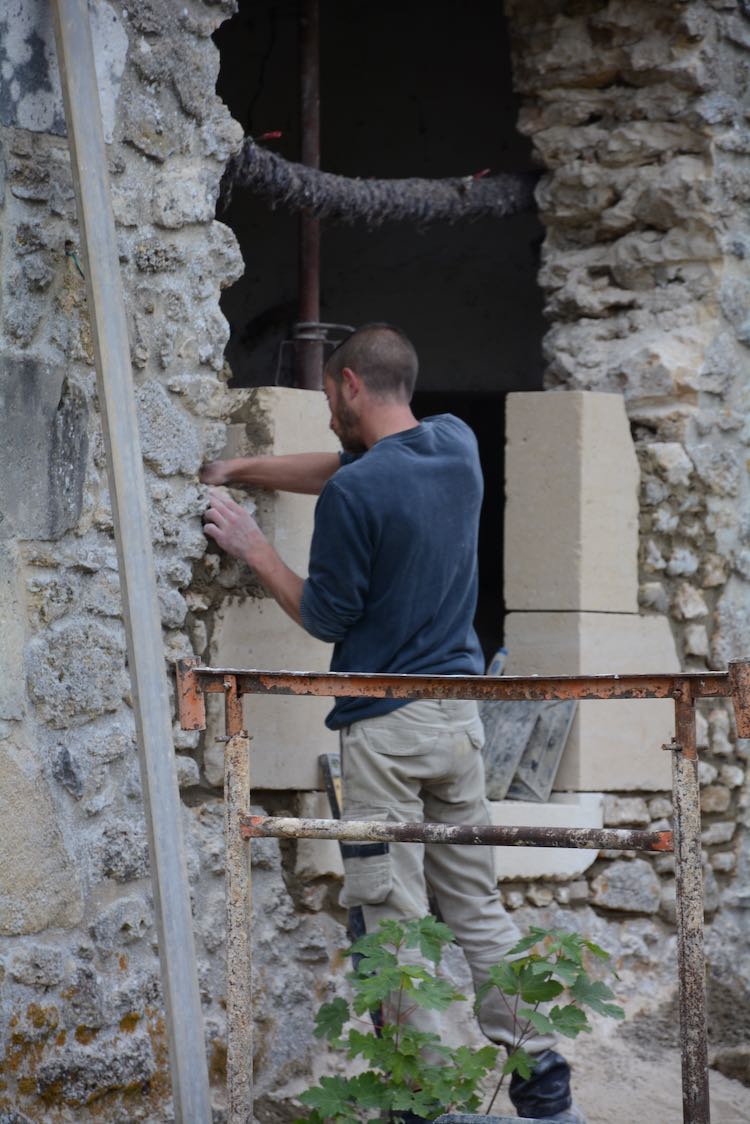
If one doesn’t fit, they choose another, use a level to make sure it works in the bigger picture before slapping on the plaster to hold the whole thing together. Another wonder to behold.

During our two-month cornonvirus confinement, I had a lot of time to say good-bye to the barn. On the way to and from our bedroom or David’s office, I’d stop, take some photos.
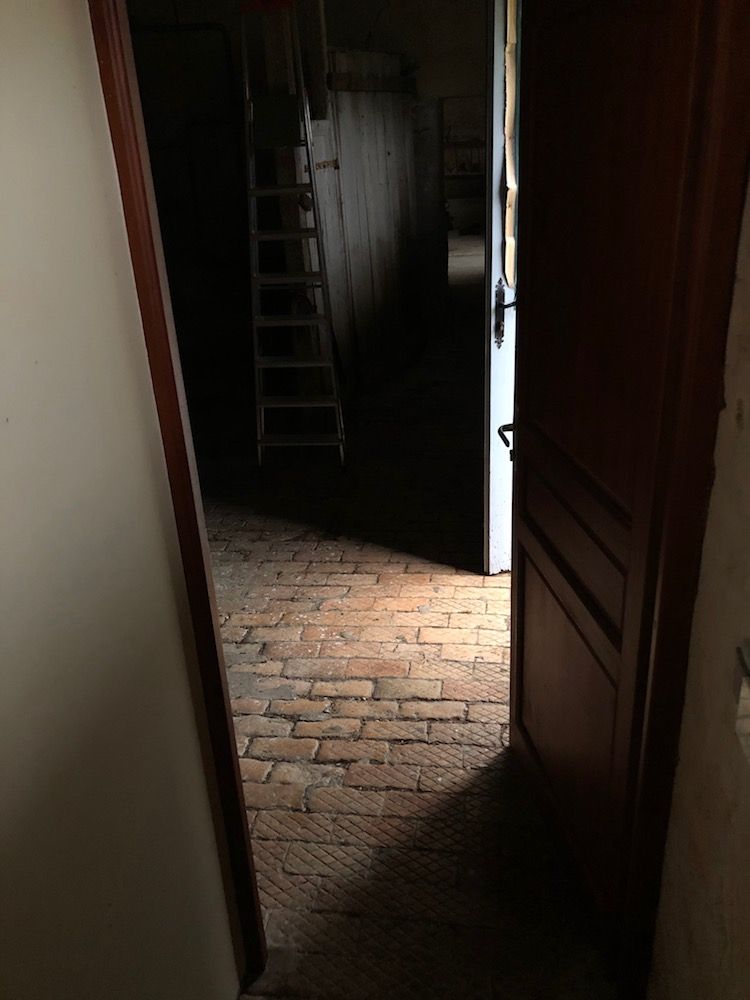
I even made a little video. One day I climbed a ladder and cut away a swallow’s nest, a memento for posterity.

All the while I reasoned with myself, grappled with my weakness for nostalgia. A barn without animals—this year even without swallows—is a sad place.
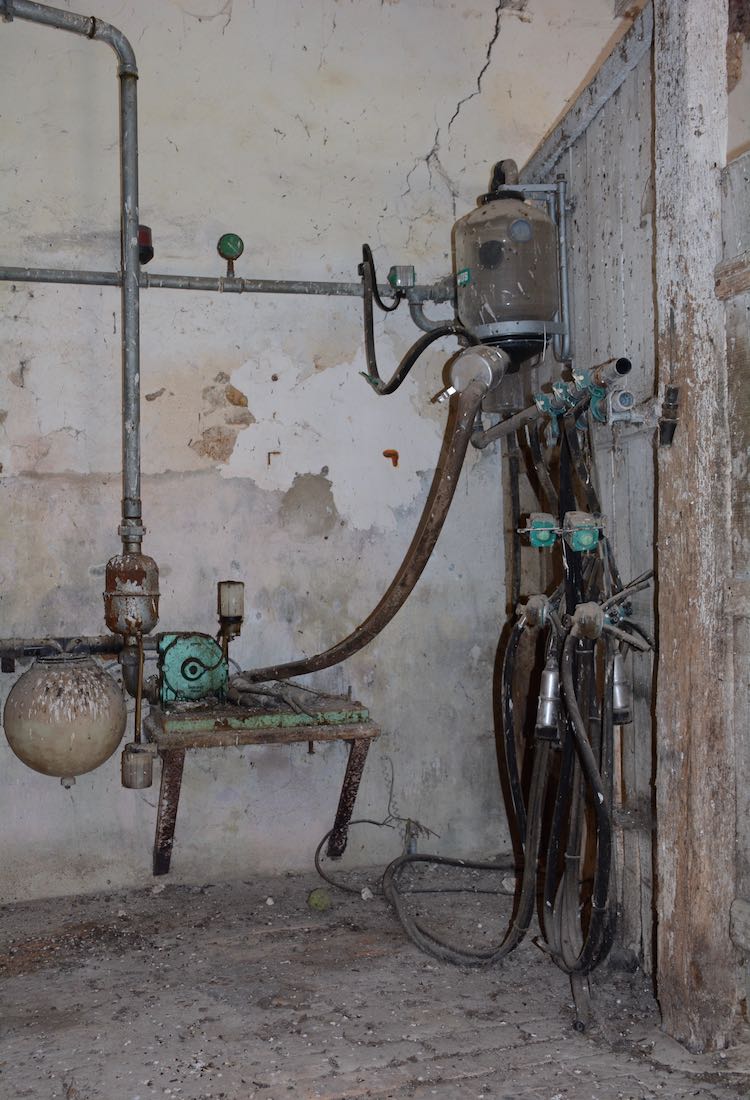
Being chained to the status quo is unhealthy. Transformation does not necessarily mean ruination, I told myself.
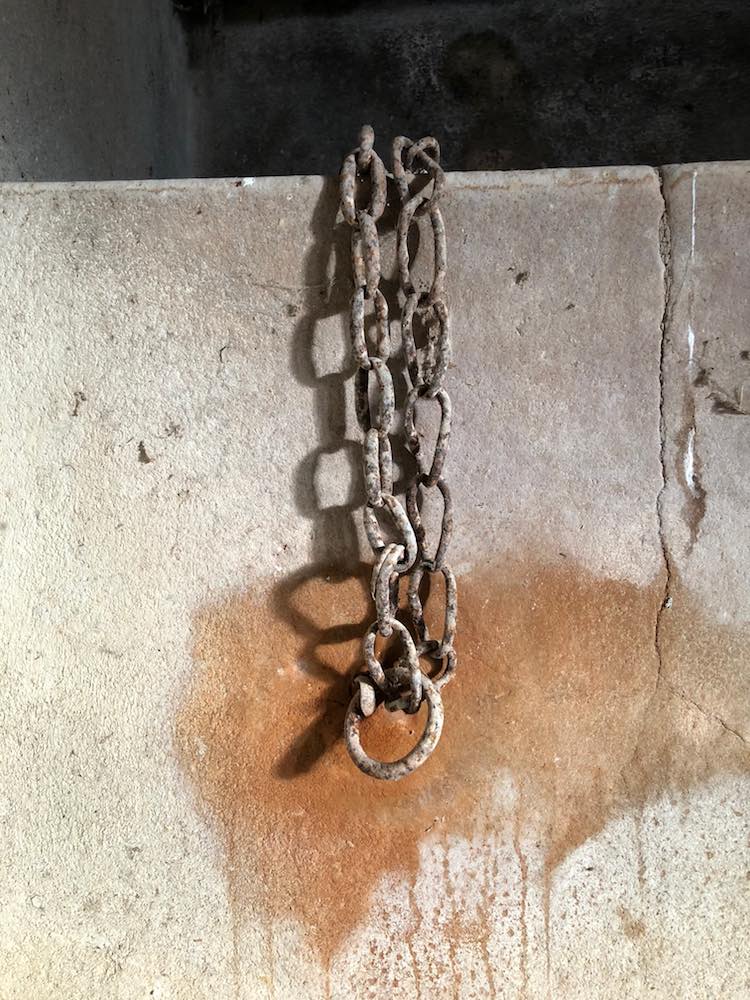
Now that the works have started, there is something exhilarating about all these holes, about the light streaming into what was a dark, unused space. It seems right to be giving the building a new purpose, a different way to connect with the land around it.
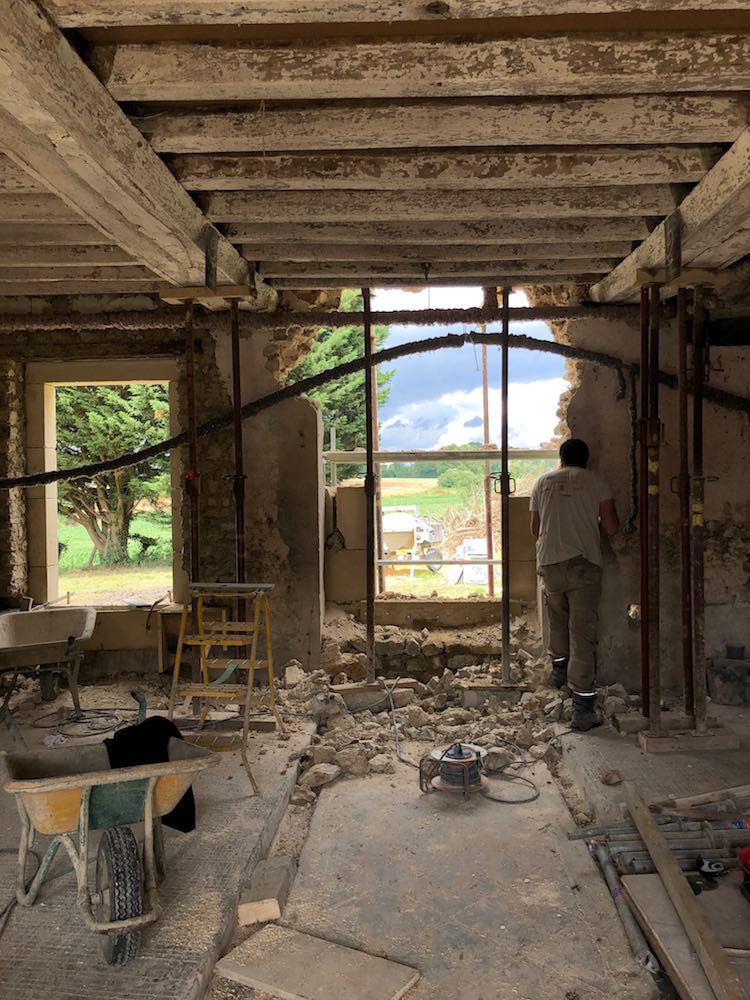
And to connect with the past. The roofers and masons, re-using tiles and stones with artisanal methods that are centuries old, form a direct link to the Perche and the house's heritage and that is what I must focus on.
Consider this project, then, a renovation of mind and matter. However long it lasts.